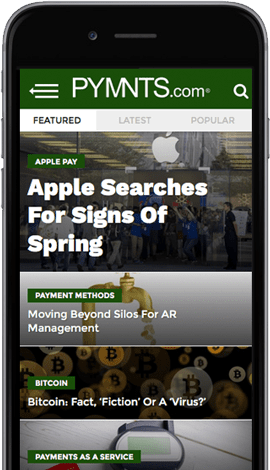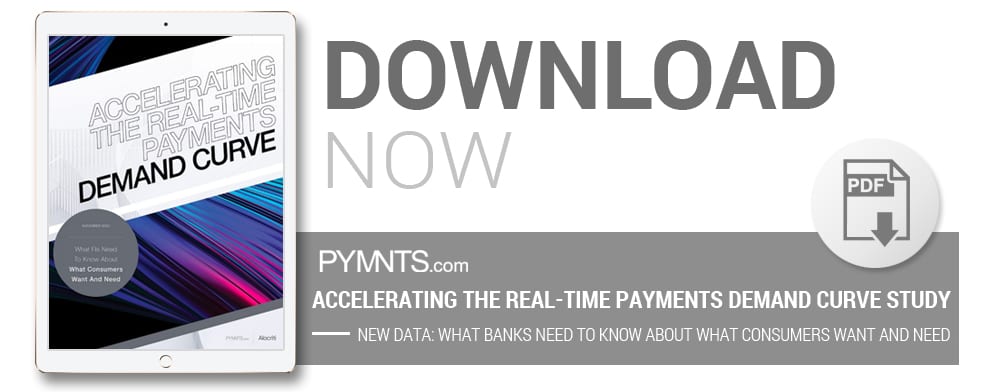In the continuous movement toward automating B2B payments – and especially payables – the pandemic is pushing firms to examine internal workflows and embrace the touchless process.
Robotic process automation and accounts payable (AP) automation can be blended into solutions that are verticalized for specific tasks. But in getting there, firms must overcome their inertia to become more fully digital.
As they say, the journey of a thousand miles begins with a single step. And in an interview with Karen Webster, Jason Kolbenheyer, CPO and managing director, international operations, Corporate Spending Innovations (CSI), and Kevin Hadlock, CFO of Conservice, which helps firms manage utility payments, said the first step is taking stock of the stacks of paper that crowd back offices.
Touchless, then, is the pivot that helps businesses become more efficient and eliminate the paper – and automating the order-to-cash cycle is part and parcel of the transformation of the CFO’s office.
Hadlock gave a high-level view of the paper flow that can quickly grow to a scale that makes handling all the paper – not to mention the checks – a daunting task within an AP department.
As Conservice manages payables for 20,000 customers, including a range of property managers, “we see millions of bills come in every month that need to be reviewed and paid,” said Hadlock. “When we were receiving bills, having to touch each one and write a check for each one, that was just not a scalable business.”
The task becomes especially onerous, considering that 30 percent of the utility bills have some form of error that must be addressed in order to get the right payments sent.
As Hadlock explained, Conservice had to find ways to manage that process beyond simply hiring more people to tackle the growing mountains of paper. That led to a partnership with CSI, which integrates payment solutions into ERP and accounting systems to process payments (across virtual card, ACH and check).
Integrating those functions have enabled the company to automate the entire process of requesting funds, confirming delivery and making payments, said Hadlock. “The system can now make those decision points for us and then execute on the highest-value decision point.”
The value-add, noted CSI’s Kolbenheyer, speaks to a key point in outsourcing and automating payables – and CSI’s decisioning of the payments according to buyer/supplier preferences. “The majority of our customers don’t really want to be excellent in making payments,” he told Webster. “They want to run global hospitality chains and global media companies, and do what they do. Payments are just something that exist as part of their business.”
The low-hanging fruit may not be surprising: Kolbenheyer stated that nobody wins with the paper check, the added costs of which are still measured in dollars and scores of touchpoints. Getting rid of checks “is among the quickest ways we’ve found to drive value for our customers,” he said.
Beyond simply doing away with checks, there is value in automating payables through artificial intelligence (AI) and machine learning (ML). Hadlock explained that advanced technologies can streamline the process of Conservice paying more than 10,000 providers at more than $3 billion annually (with roughly 30 percent across cards) – and every provider has rules and fees in place.
In addition, suppliers have preferences for how they want to be paid.
Payment Preferences
As Hadlock explained, “Having the technology that can read a payment and say, oh, that’s going to XYZ utility, and this is how they want to receive that payment. Maybe it’s too high, it’s too little or this is the fee. It doesn’t fit within the credit card metrics. Do they accept EFT? Yes. That will be the preferred payment.” That capability proves to be valuable as it scales across a platform model to facilitate hundreds of thousands of payments daily.
The system – through which 75 percent of Conservice’s payments are 100 percent touchless (others prefer checks) – is designed to be constantly learning in order to minimize mistakes and identify preferred payments.
The system also adjusts when rules and payment preferences change, authorizing transactions based on customs rules and card settings (which helps prevent fraud).
As Kolbenheyer cautioned, there’s no one-size-fits-all approach to automated payments. “There are nuances that exist with vendors between buyers and suppliers” – and just because a supplier will take one form of payment from one buyer doesn’t mean they’ll take that payment from another.
In the B2B space overall, he said, there are still many problems to be solved – and even in the case where 30 percent of spend occurs over cards, that still leaves 70 percent of payments that are not optimized. It’s a given that checks are not ideal. But bank-to-bank transfers and ACH have their own inefficiencies, Kolbenheyer noted.
“We talk about how much it is to send the check payment in terms of dollars. And that includes time, but bank reconciliation has that same problem,” he told Webster. “If a supplier is getting thousands of ACH deposits into their account, they’re spending a lot of time figuring out who paid them and for what. There’s a huge opportunity to automate and streamline and bring value there.”


